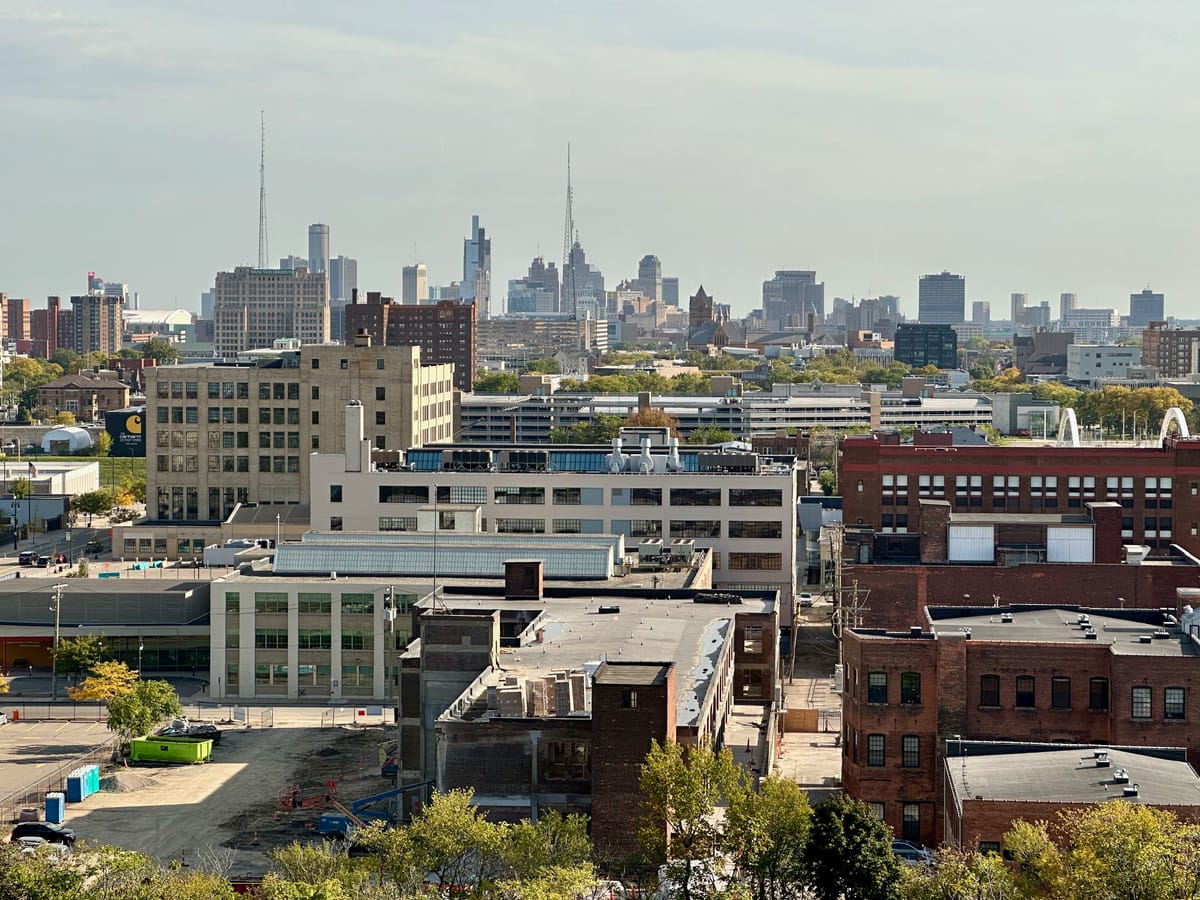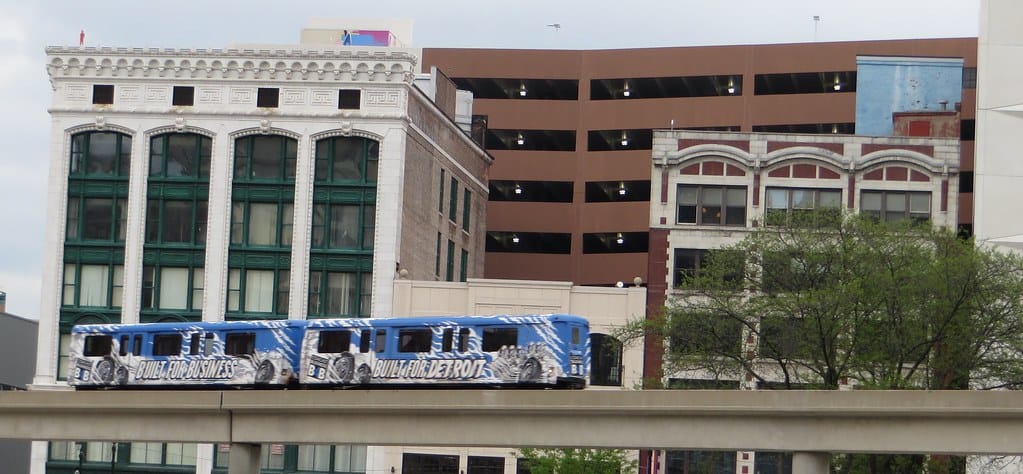Springtime is supposed to be about the re-emergence of life and beauty, with daffodils, crocuses and forsythia blossoms replacing blackened snow, the songbirds back from their winter homes, and longer, sunnier days displacing the gray gloom. Tender flower buds giving way to delicate new foliage and all that.
But in Detroit, it’s hard to see past the layers of filth that accumulate during the long, dark months.
Yes, people, it’s time to talk about Detroit’s litter epidemic.
It’s springtime, the snow has melted, and yet instead of feeling joy and hope at the promise of a new season, I feel mostly despair. Our surroundings look disgusting, with sodden garbage strewn everywhere, clustered along chain-link fences and roadsides, stuck in thorny tree branches and dotting grassy embankments, sidewalks and paved lots seemingly everywhere you go.
It is vile, and it makes me feel ashamed. Is this really who we are and what we’re about?
There aren’t many independent measures of city cleanliness, but it isn’t much of a stretch to imagine Detroit at or near the bottom. You don’t generally see comparable litter in cities like Chicago or Washington D.C., which have much higher densities than we do yet are shockingly clean in comparison.
In 2011, Detroit ranked dead last out of 27 North American cities in Siemens’ U.S. and Canada Green City Index, which measured environmental performance across nine categories, including waste. A 2013 report from the Detroit Environmental Agenda recommended the city adopt a zero waste policy, including enactment of a citywide recycling program. From its report:
A 2009 study prepared for Keep America Beautiful found that the number and convenience of trash receptacles strongly influence litter, older people are less likely to litter, and that existing litter attracts more litter. It also found a near unanimous belief that littering is wrong, but that positive motivational campaigns and convenient opportunities to not litter are key to stopping littering behavior. In Detroit, public parks have trash receptacles, but are often overflowing. Detroit parks are often used for social gatherings involving food. Receptacles must be quickly emptied; otherwise there is no place to dispose of the trash and litter will accumulate, no matter someone’s best intentions.
Years ago when I was a reporter for a suburban daily, I devoted a Sunday A-1 project to this topic. I spoke with officials from state and county road agencies who talked about staffing up heavily on cleanup crews this time of year to deal with the filth that emerges from under the snow. It happens every year.

We clean it up and things look nice again for a while, until they don’t. Aside from the occasional legislative proposal to expand recycling that goes nowhere, no one has a good answer for how to address the root problem. You can’t legislative morality or civic-mindedness.
The problem is most acute in our urban core. It is undoubtedly strongly related to issues of poverty and hopelessness. Yet it leaves its mark everywhere, and everyone has their stories about observing brazen acts of littering that constitute willful disregard for our surroundings.
We should absolutely volunteer to work with cleanup crews, or get to work on clearing the trash-strewn lot in your neighborhood that’s been driving you crazy. But damn, it gets frustrating having to do it over and over and over again.













